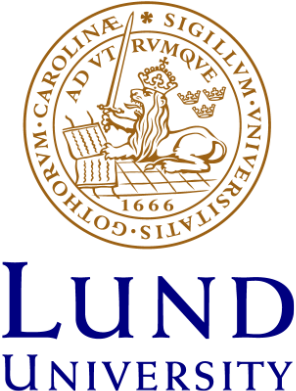Effect of hypothyroidism and cholesterol feeding on the clearance of chylomicron remnants in vivo and by hepatocyte monolayers
The hepatic catabolism of chylomicron remnants in normal rats and in hypothyroid rats which were either normocholesterolaemic or made hypercholesterolaemic by feeding cholesterol and cholic acid was studied in vivo and in hepatocyte monolayers. In vivo, the clearance of injected chylomicron remnants labelled with either cholesteryl- or retinyl ester was delayed in the hypercholesterolaemic hypothy
